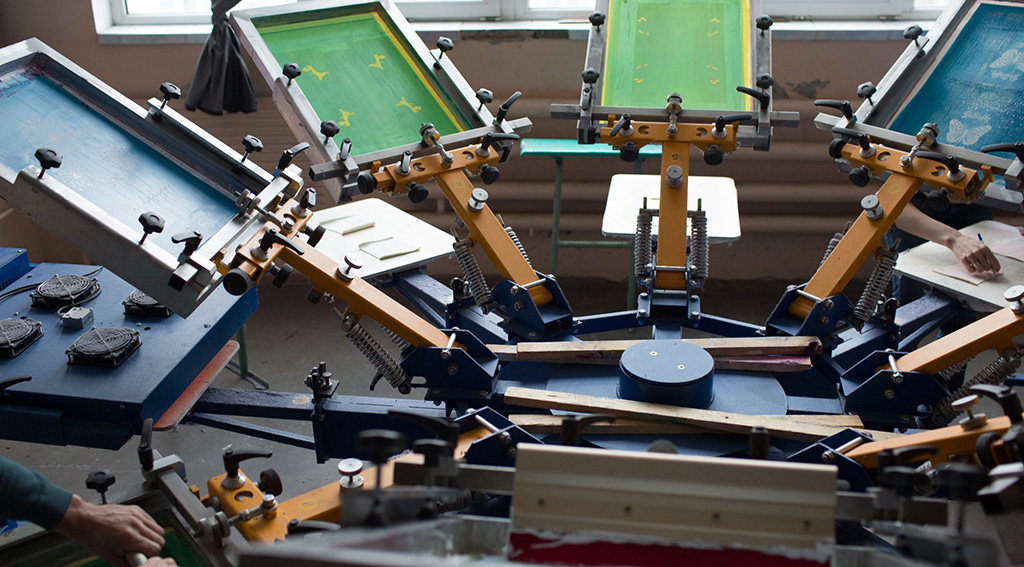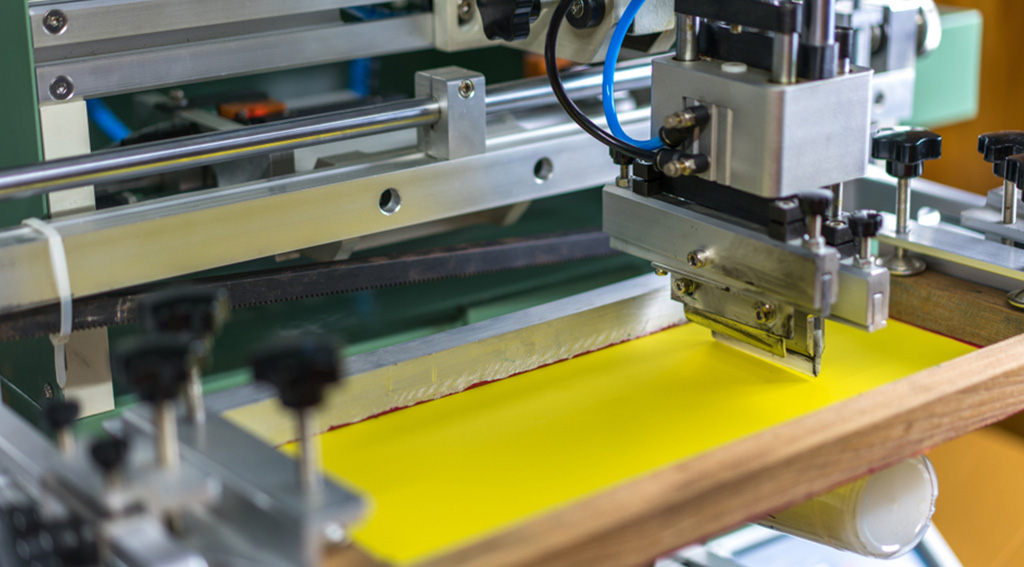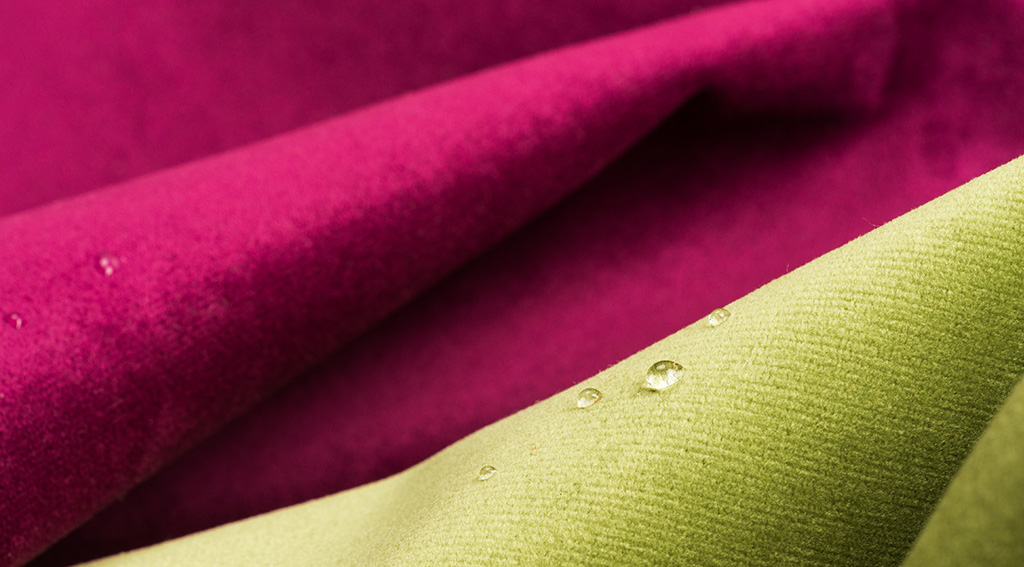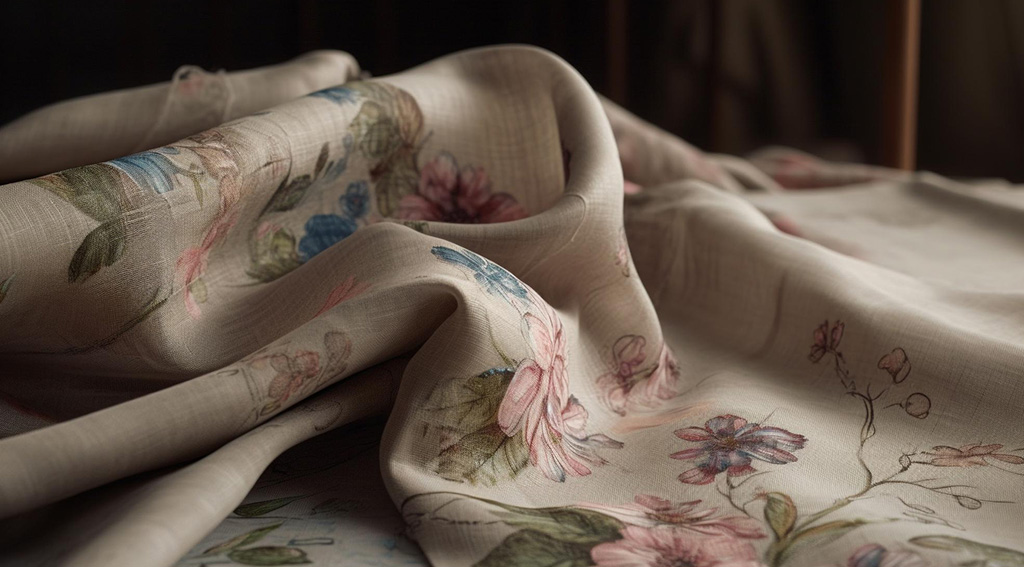
Printmaking is a significant milestone in the history of fabric art, evolving as a technique used for centuries. The origins of this art date back to the ancient world, with traces of the first methods used to decorate and embellish fabrics found in regions like ancient China and India. Over time, these techniques evolved and became widespread in the Middle East and the Mediterranean.
During the medieval period in Europe, printmaking made significant progress. Methods such as woodblock printing and mold printing were used to transfer patterns onto fabrics. However, these techniques had limitations in terms of complexity and detail. After the Industrial Revolution, printmaking became more efficient for large-scale production. Screen printing is considered a major advancement in printmaking techniques and became widely used in the 20th century.
Today, printmaking is the key to adding vibrant colors, intricate patterns, and unique graphics to fabrics in the textile industry. Computer-aided design and digital printing technologies have provided designers with more creativity and originality. These techniques have accelerated the development of printmaking art in the fashion world and other industries, pushing its boundaries.
The history of printmaking in fabric art tells a fascinating story that spans from ancient times to the present. Evolving from ancient methods to modern technologies, printmaking allows designers and artists to unleash their creativity, encouraging the creation of original and aesthetically appealing works in the textile world. This history emphasizes the importance of printmaking techniques in fabric art and highlights its continuous development, leaving us eagerly anticipating future innovations.


